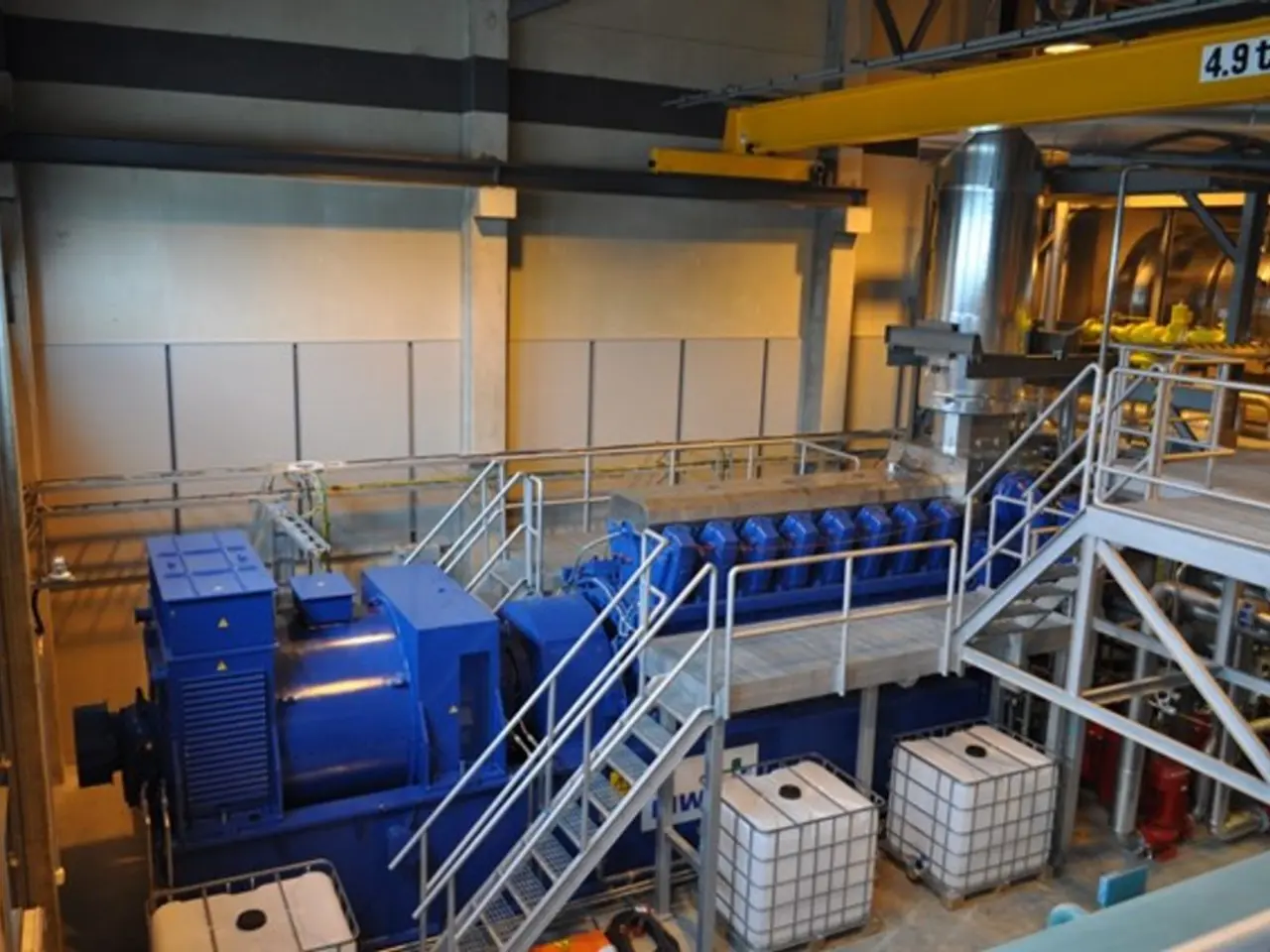"Upcoming 2025 One Hertz Challenge: Metronalmost Strives for a Disappointing Ranking" or "In the 2025 One Hertz Challenge, Metronalmost is On Track for the Bottom Spot"
In the realm of unconventional creations, Mike Coats' entry for the One Hertz Challenge, Metronalmost, stands out as a unique metronome designed to deliberately subvert the challenge's goal.
The Metronalmost operates on a mathematical approach, using a Gaussian distribution and a notch function to ensure it never ticks at exactly one hertz. The device begins with a Gaussian distribution, a method typically used to generate random numbers, which is naturally centred around a mean value, in this case, ideally one.
To prevent the exact one-second tick, a second, narrower Gaussian distribution centred on one is subtracted from the original. This creates a "notch" in the distribution, effectively preventing the generation of numbers within that narrow range. The notched distribution is then transformed into a mapping function, using a lookup table to map values from the random number generator. This allows for a range of output values between 0.5 and 1.5 seconds, while never exactly hitting 1.0 seconds.
The Metronalmost is housed in a cardboard box, with a fake woodgrain finish added to its exterior. The device is driven by a common hobby servo and a NodeMCU ESP-12E. In a humorous twist, the Metronalmost demands to be awarded last place in the contest.
While the contest's deadline does not specify a requirement for a visually appealing enclosure, there is potential for improvement in the appearance of the Metronalmost's enclosure. The deadline for the One Hertz Challenge is 9:00 AM Pacific time on August 19th, leaving competitors like Mike Coats with a final opportunity to submit their entries.
Despite the contest deadline not affecting the Metronalmost's operation or design, the deadline does provide an opportunity for competitors to submit their entries. It is worth noting that the contest allows for entries that miss the point even more dramatically, if desired.
[1] The Metronalmost's operation is based on a mathematical approach using a gaussian distribution and a notch function. [2] The Metronalmost's design aims to aggressively subvert the rules of the One Hertz Challenge.
[1] In defiance of the One Hertz Challenge's objective, the Metronalmost several gadgets, including a Gaussian distribution and a notch function, are employed to ensure its operation never ticks exactly at one hertz.
[2] Demanding to be awarded last place in the contest, the Metronalmost, an unconventional metronome, uses artificial-intelligence in its design to subvert the standard rules and requirements of the One Hertz Challenge.




